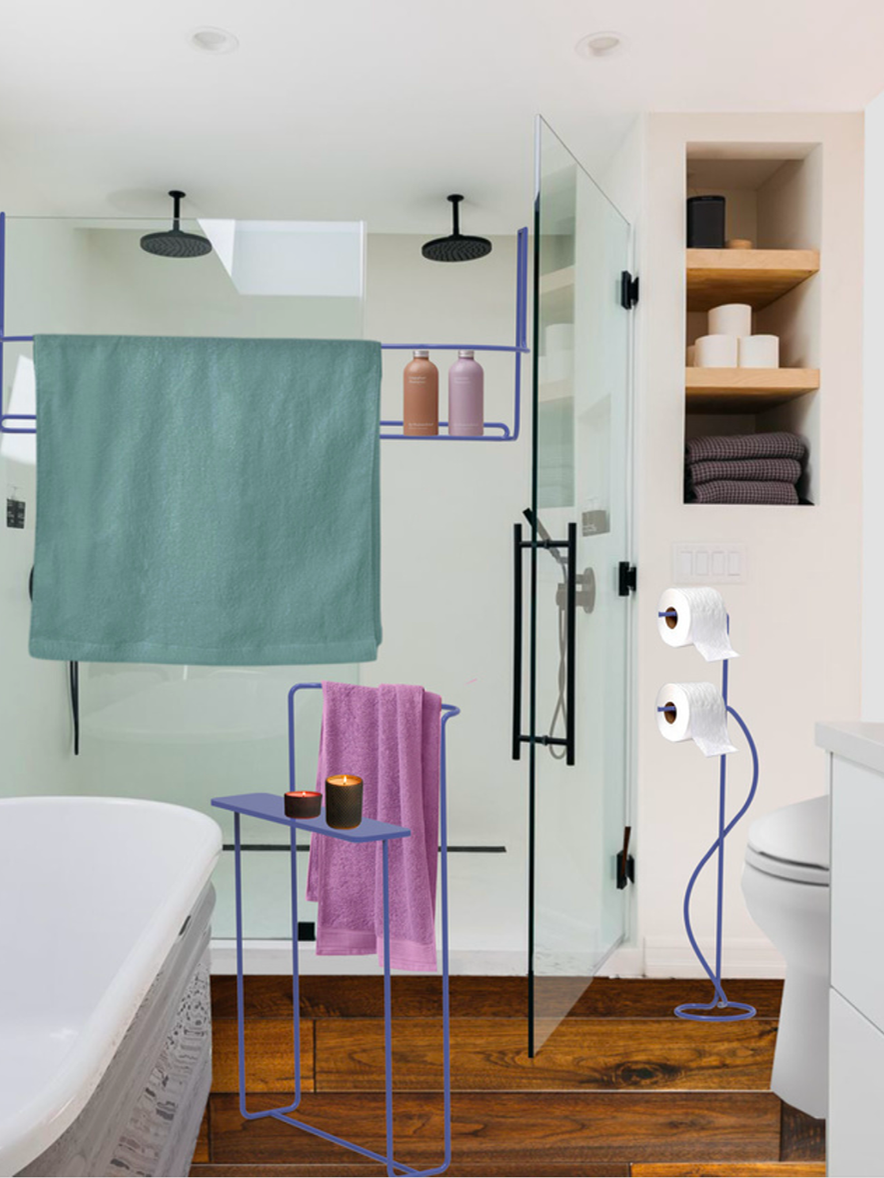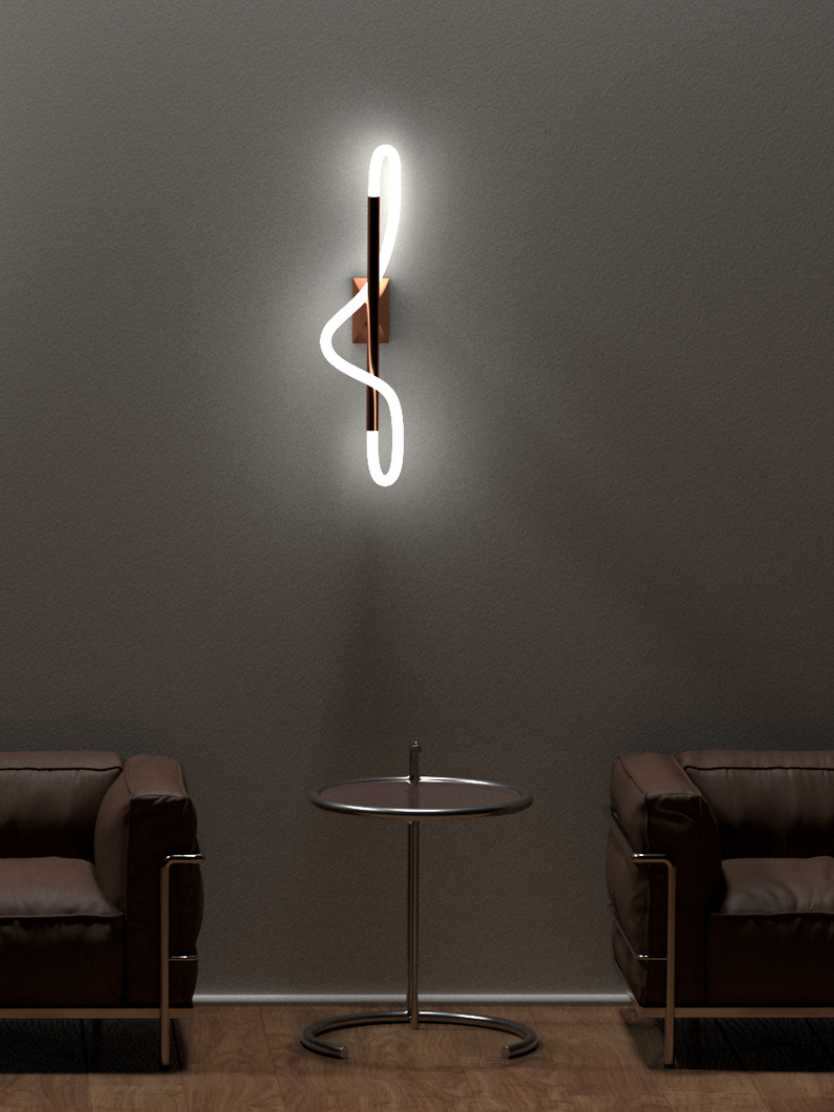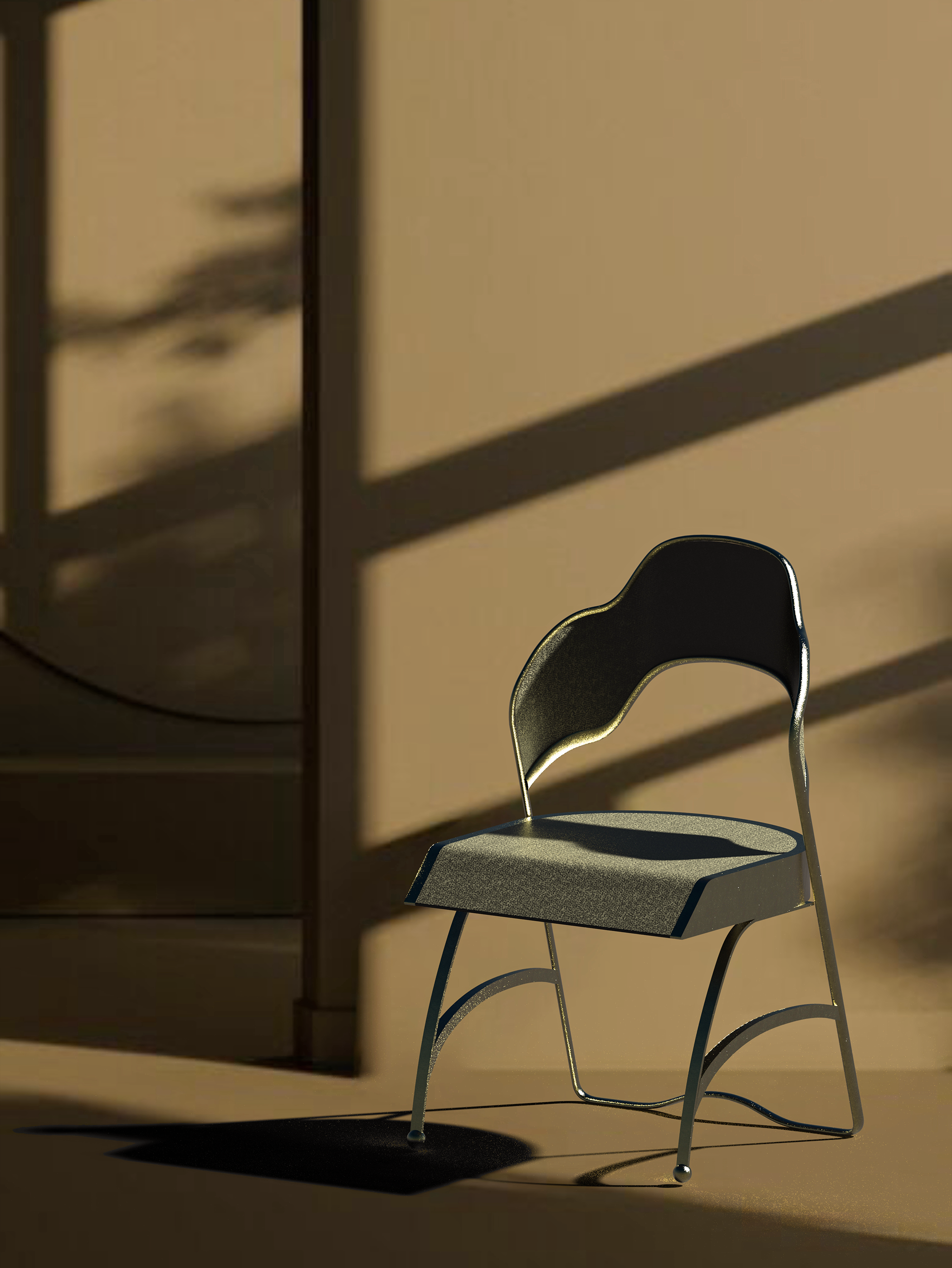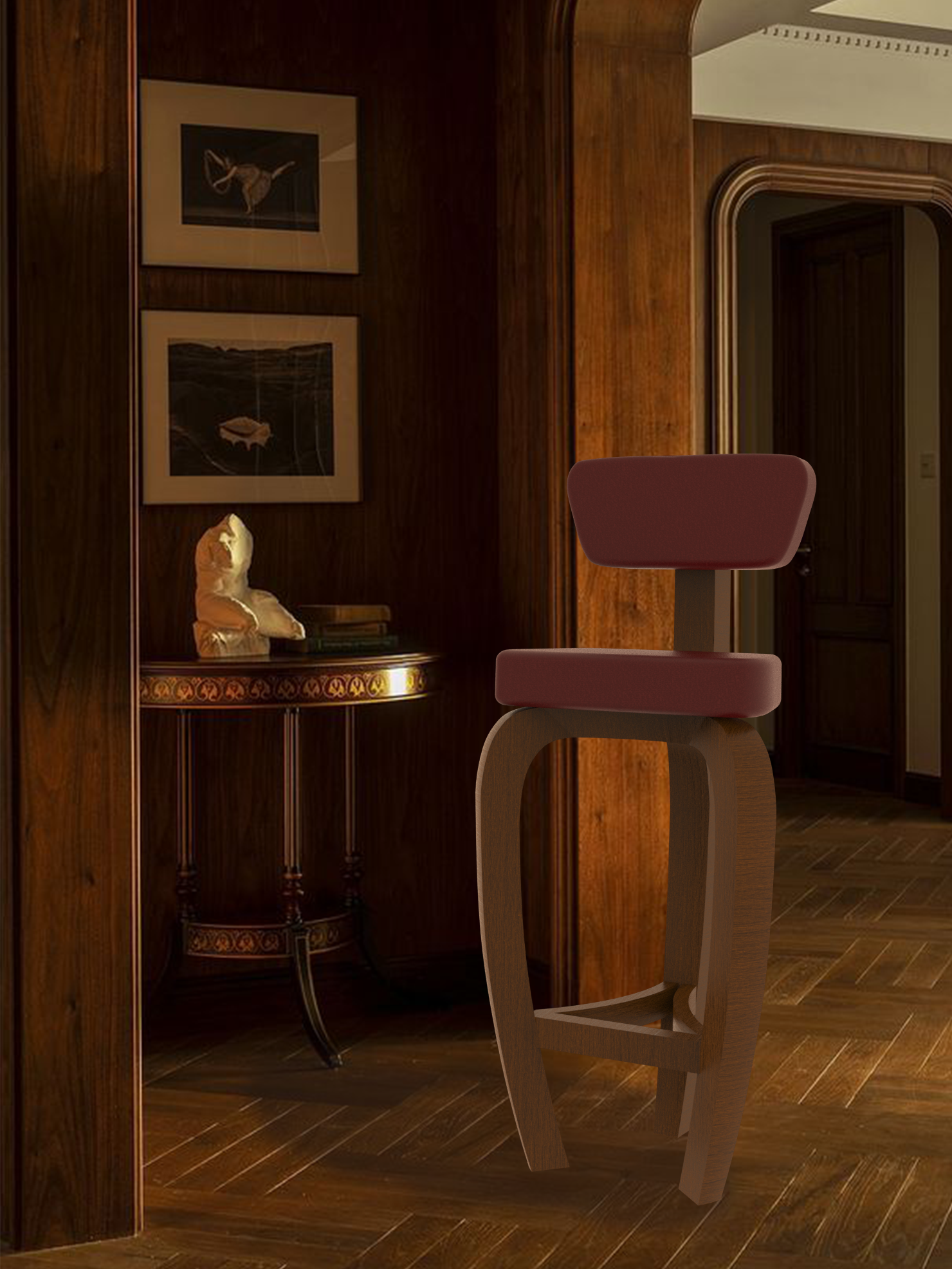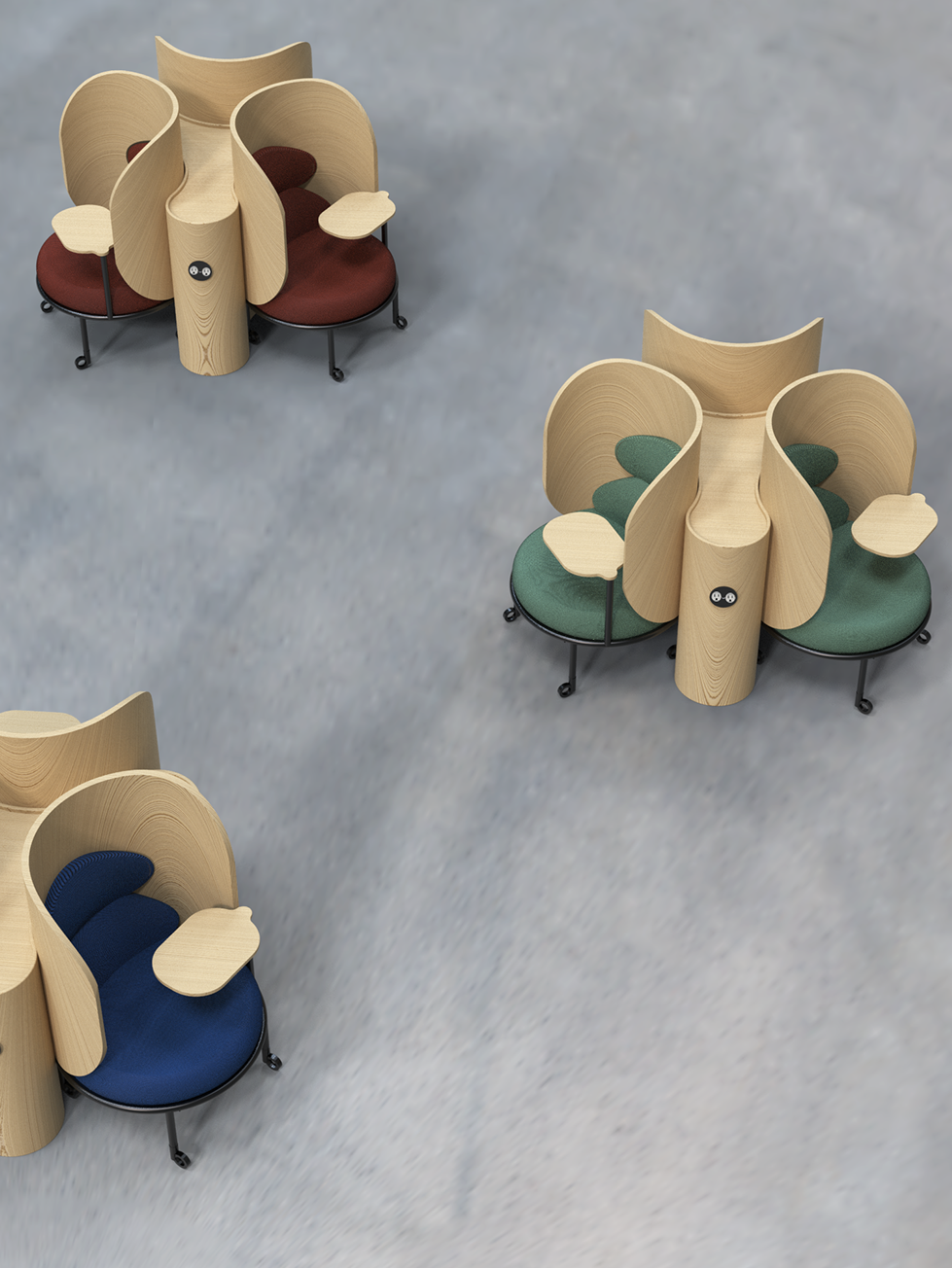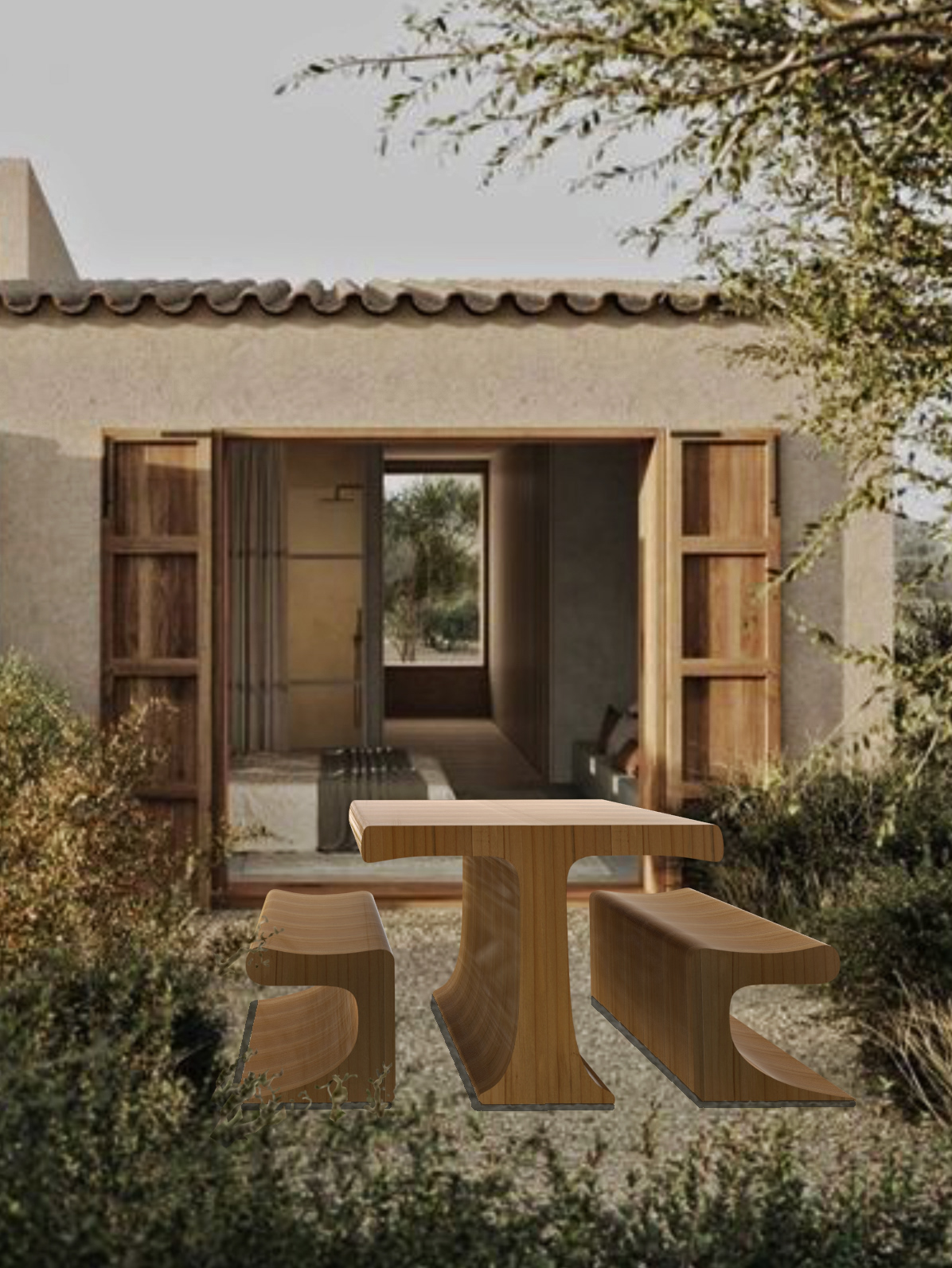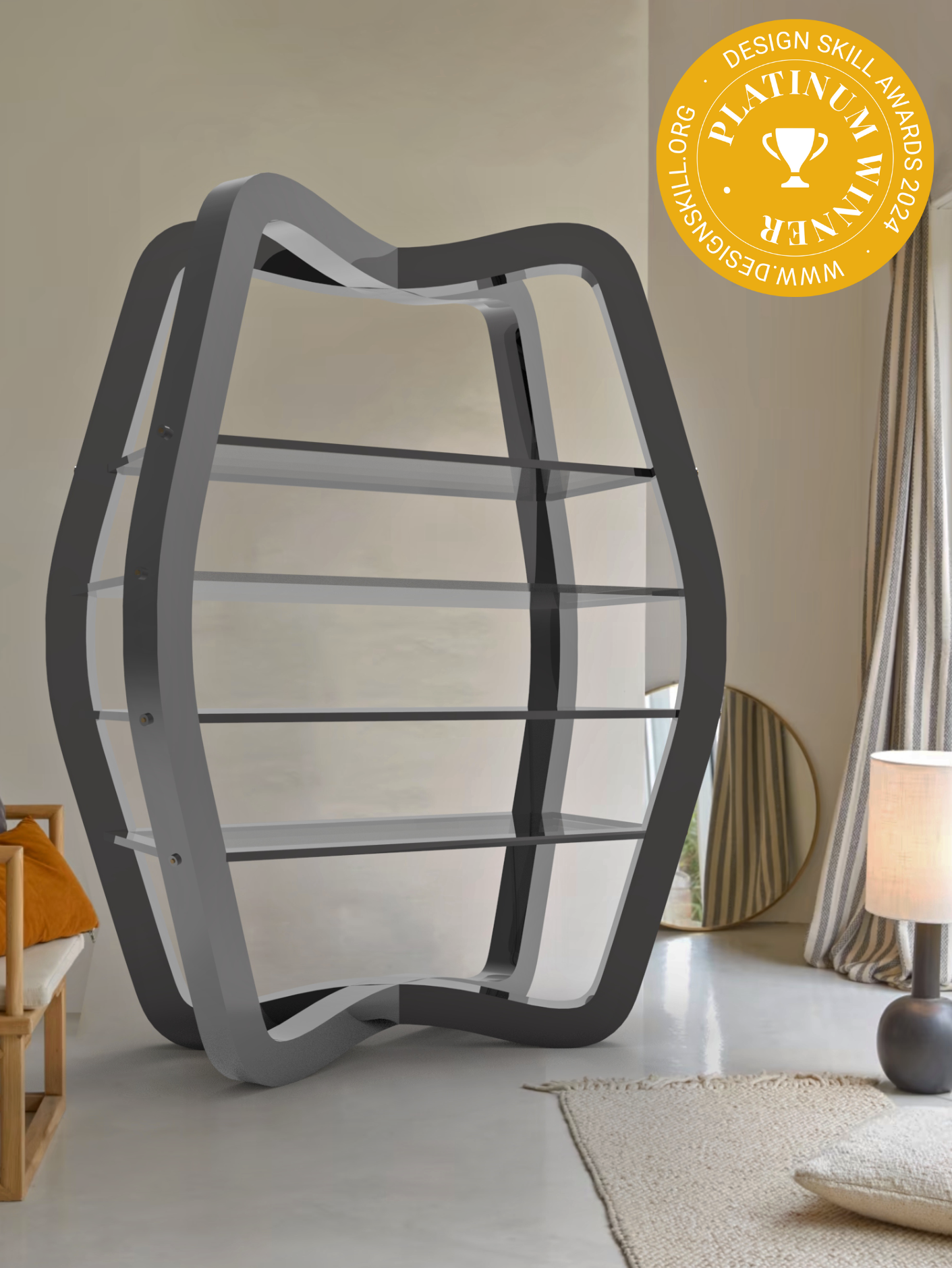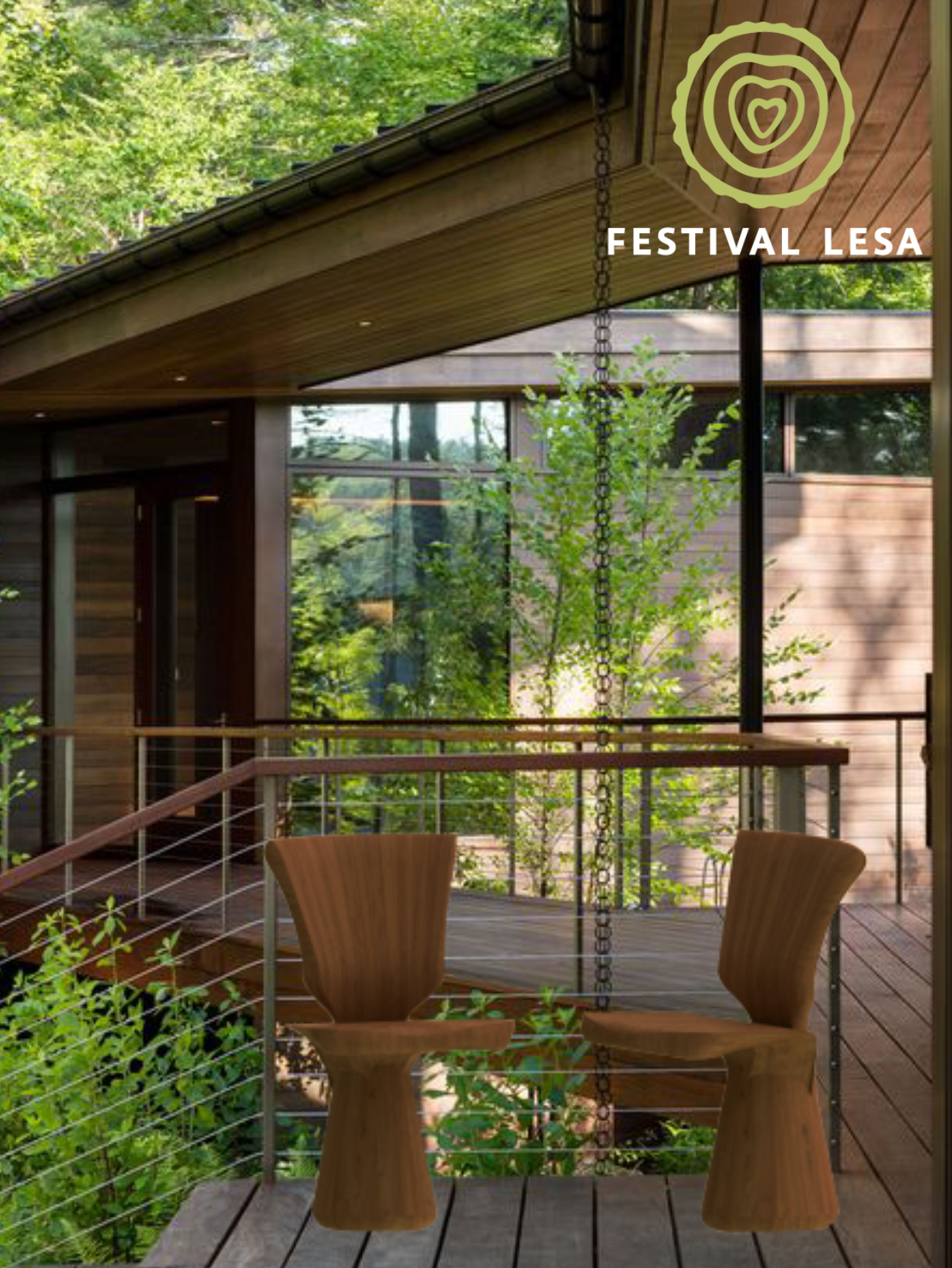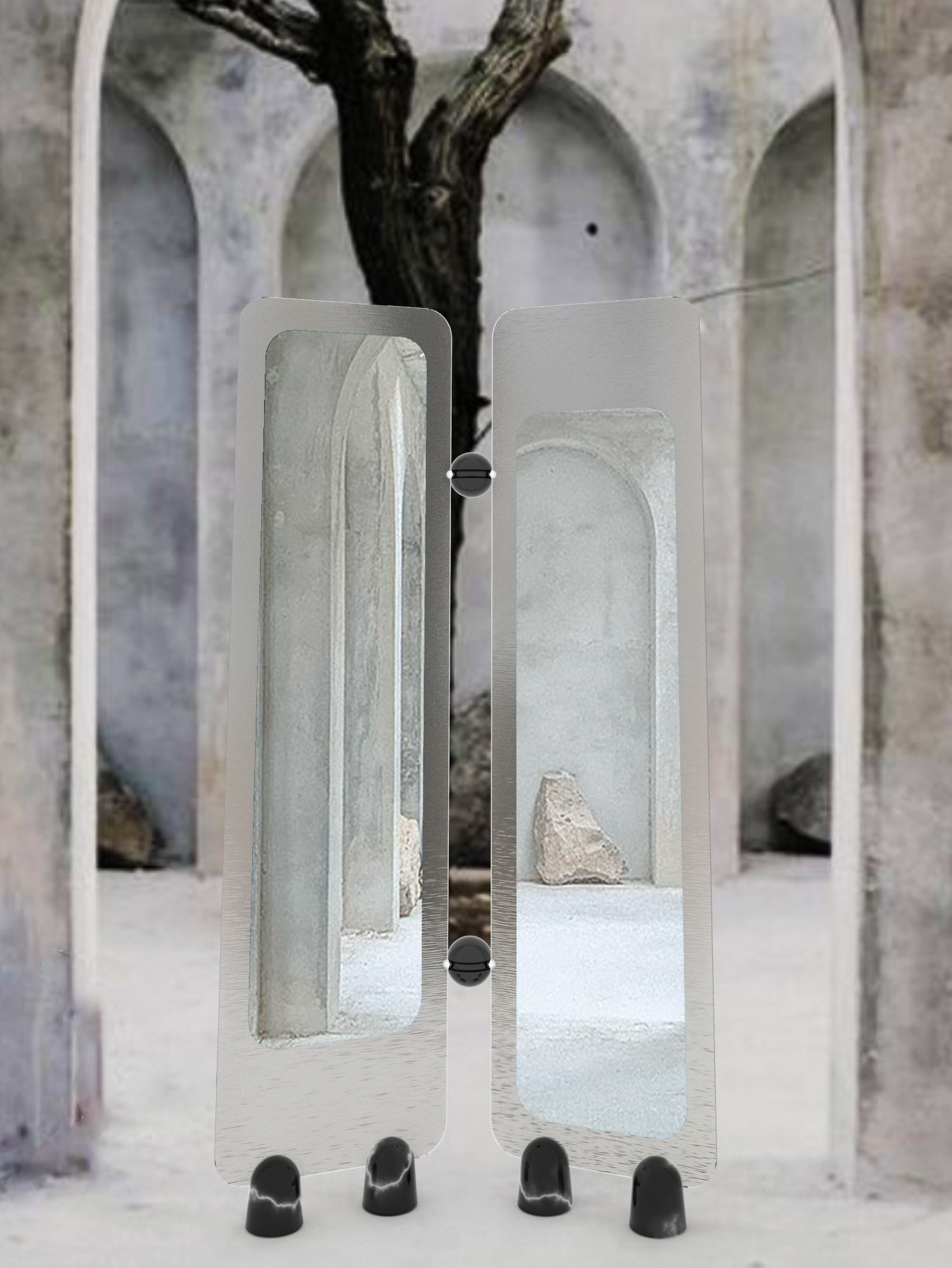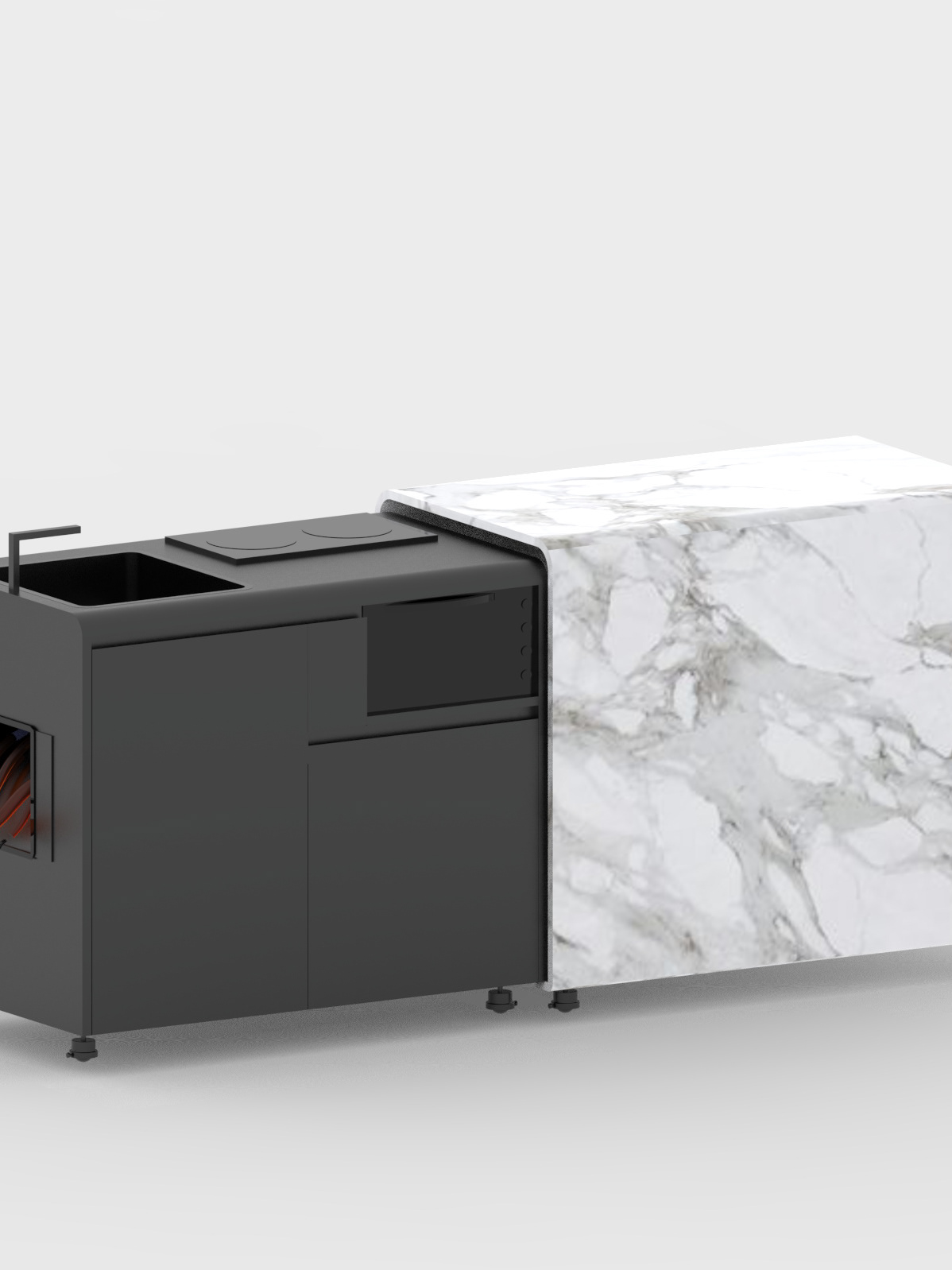Following the brief: to design a chair that fits with the Italian iconic brand Magis, Anello was created. A chair both for indoor and outdoor use. The name comes from the inspiration, a ring from Gaudi's famous Casa Milá in Barcelona.
There are two versions of the design:
1. Made with polycarbonate by injection molding. Which gives it a resin-looking finish, with a clear effect.
2. Made with polypropylene with added glass fiber by air-molding. It can be made in different colors and has a mate finish.
CM 78 x 57 x 96
The idea was to create a one-piece chair that is both bold and sculptural. Modern without being minimalist, but mainly eye-catching. The chair's soft, curvy and flowy shape manages to be both stiff and comfortable at the time. The chair features one armrest and a slightly inclined back, which adds to its overall comfort and functionality. A standout piece in any interior or exterior space.A perfect blend of form and function.
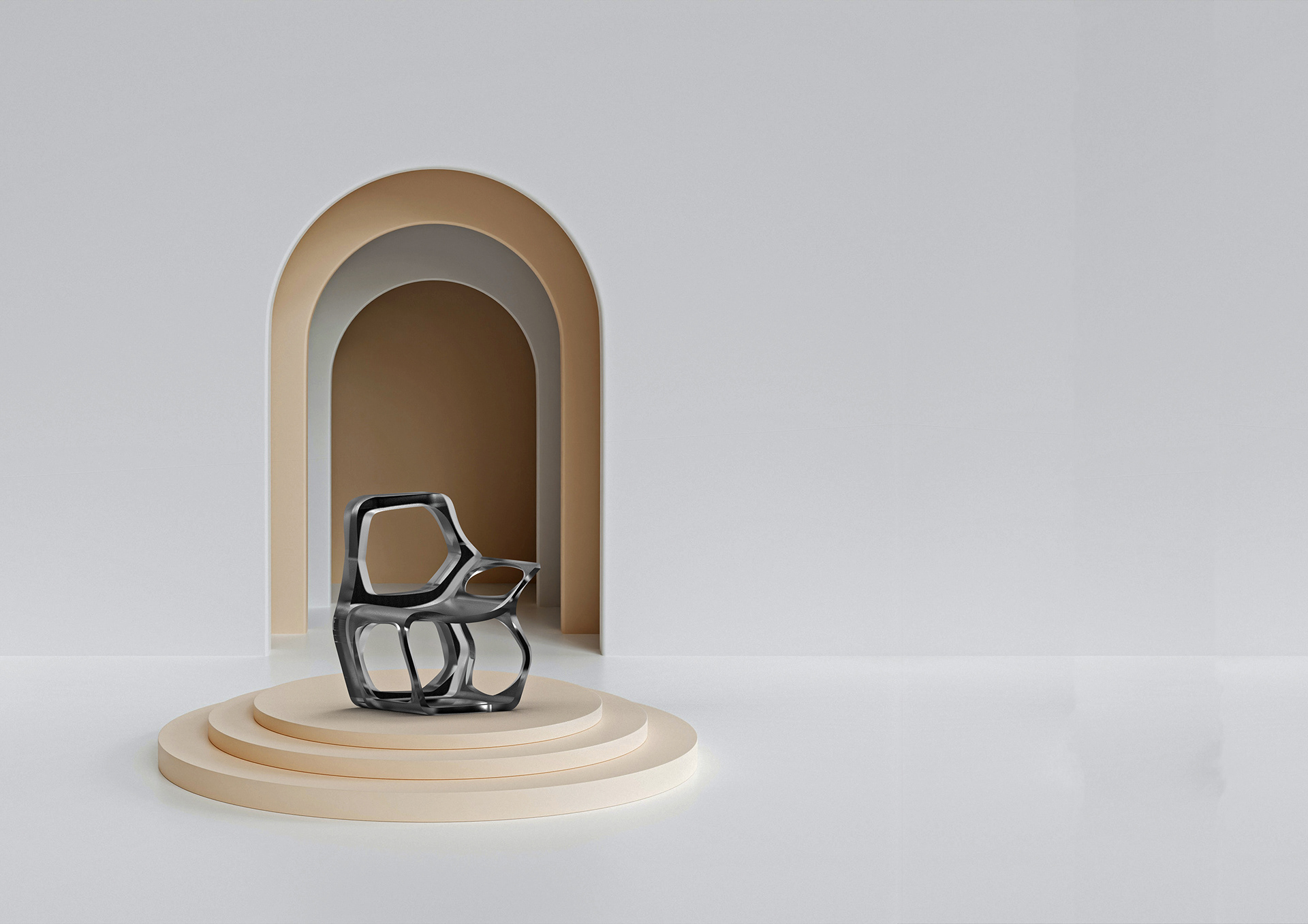
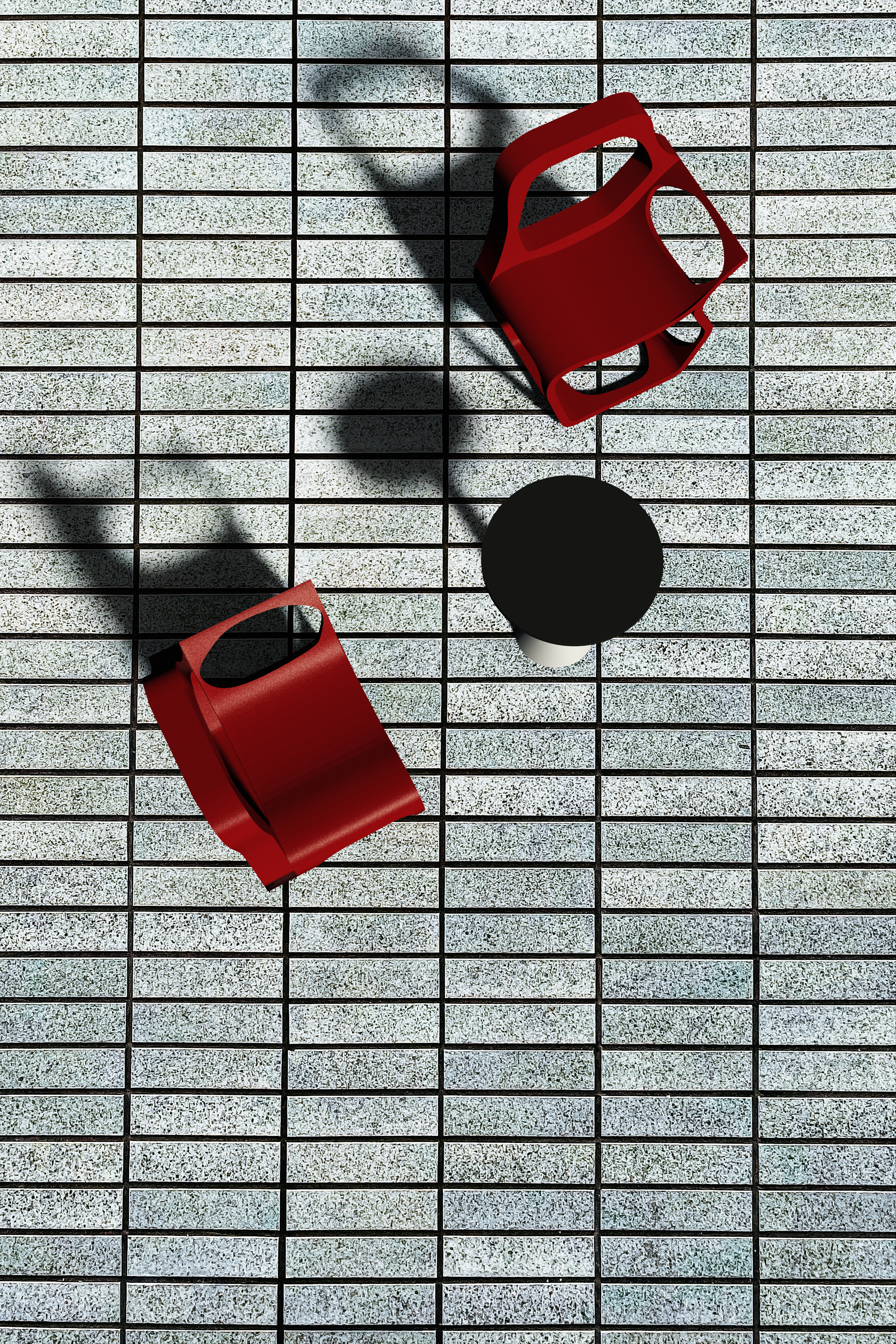
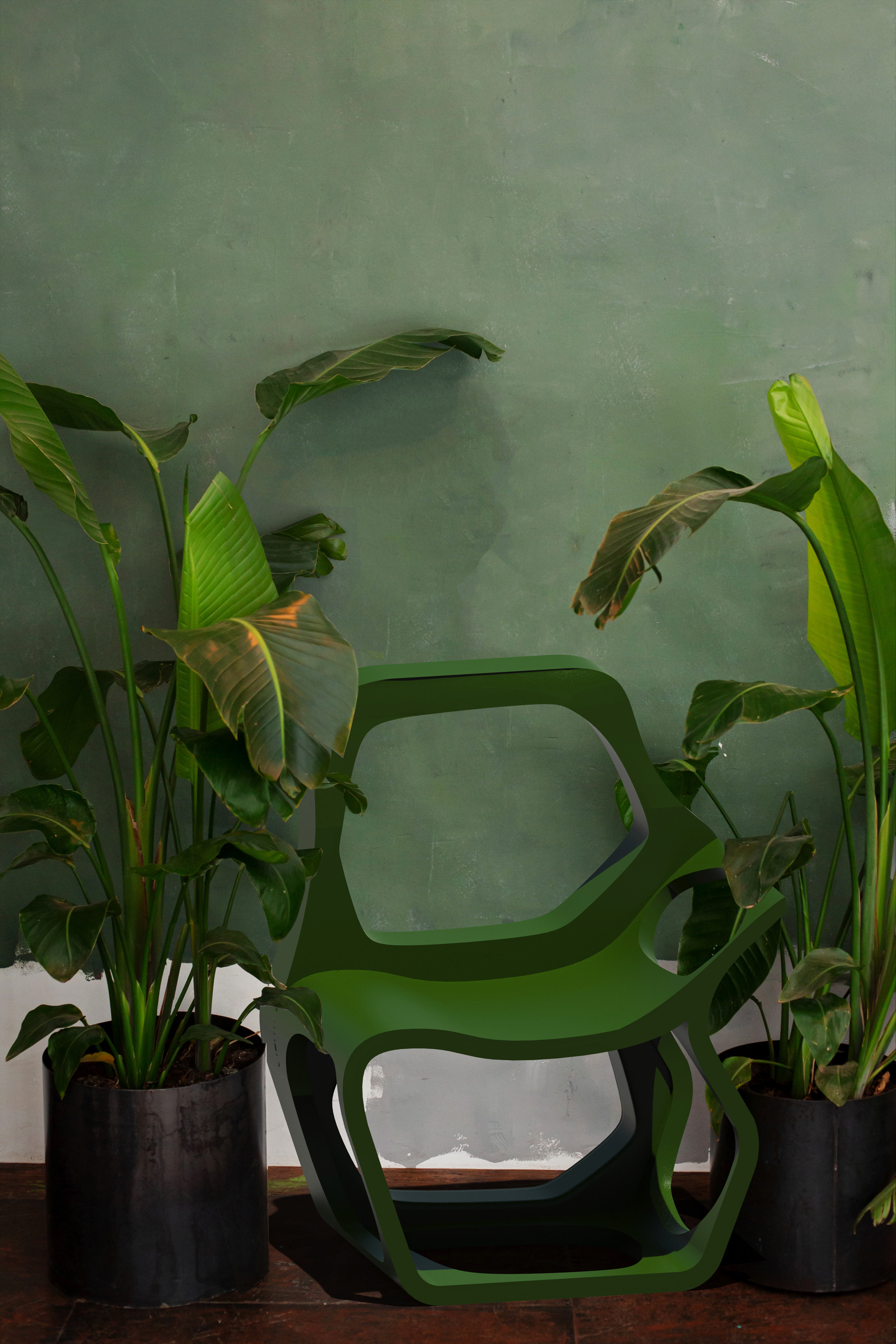
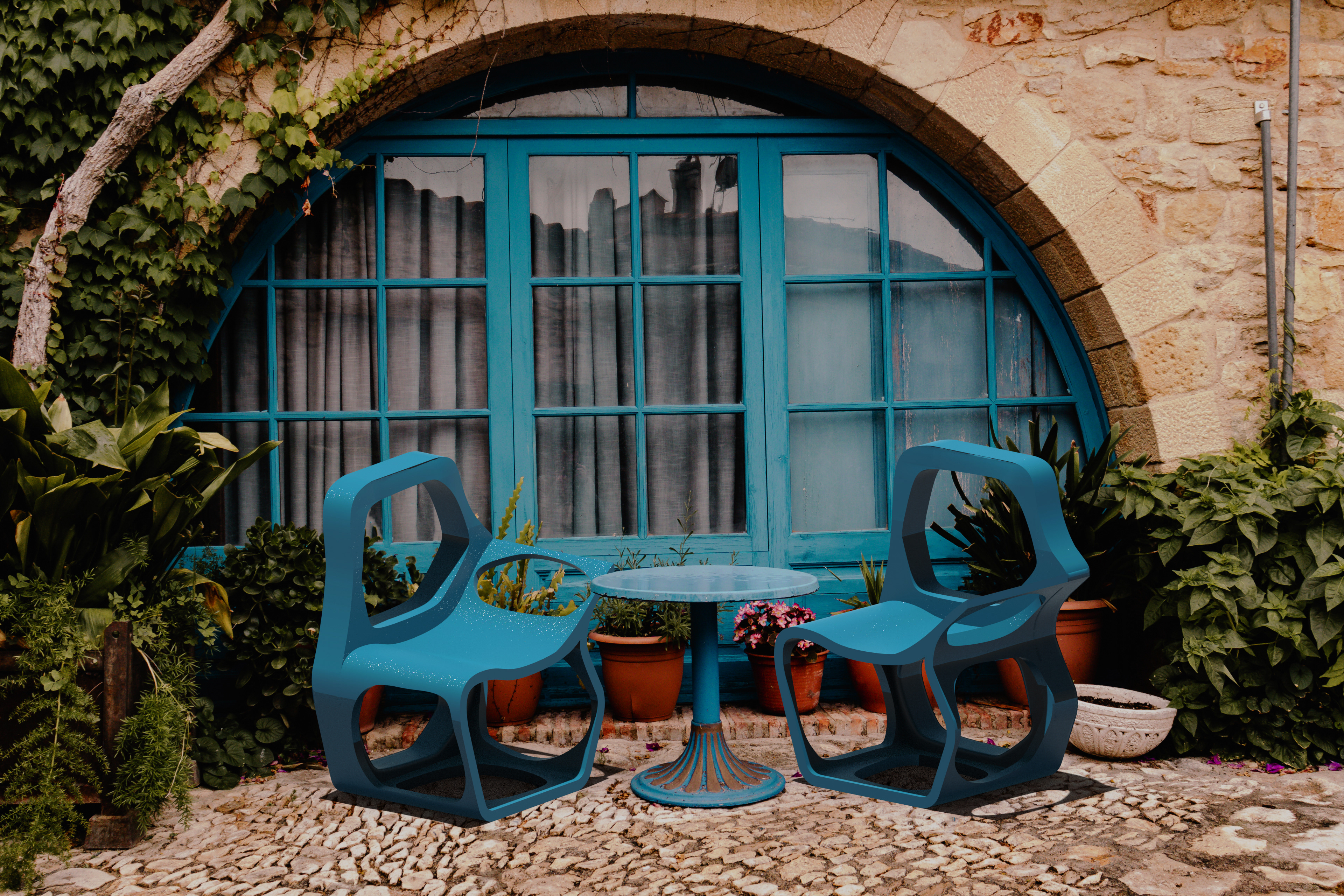
Magis
Italian Furniture Brand, 1976
Italian Furniture Brand, 1976
Founded by Eugenio Perazza, driven by a vision to bring innovation and creativity to the world of furniture design. With a commitment to pushing boundaries and embracing experimentation, Magis has become synonymous with avant-garde aesthetics and forward-thinking concepts.
Collaborating with renowned designers from across the globe, Magis has consistently produced iconic pieces that transcend the ordinary, seamlessly blending form, function, and craftsmanship. From the iconic Air-Chair, crafted from lightweight polypropylene, to the whimsical Puppy Chair designed by Eero Aarnio, Magis's portfolio boasts a diverse range of innovative designs that have left an indelible mark on the world of contemporary furniture. With an unwavering dedication to quality and a passion for creativity, Magis continues to inspire and delight design enthusiasts worldwide, setting new standards for modern living.
Casa Mila
Gaudi, 1912
Gaudi, 1912
Also known as La Pedrera, is one of Antoni Gaudí's most iconic architectural masterpieces located in Barcelona, Spain. Constructed between 1906 and 1912, this extraordinary building stands as a testament to Gaudí's avant-garde style and his fascination with natural forms.
What sets Casa Milà apart are its captivating shapes and undulating façade. Gaudí drew inspiration from organic shapes found in nature, incorporating swirling curves, sinuous lines, and biomorphic elements into the building's design. The exterior of Casa Milà resembles a living, breathing entity, with its rippling stone facade resembling waves or the wind-sculpted surface of a cave.

